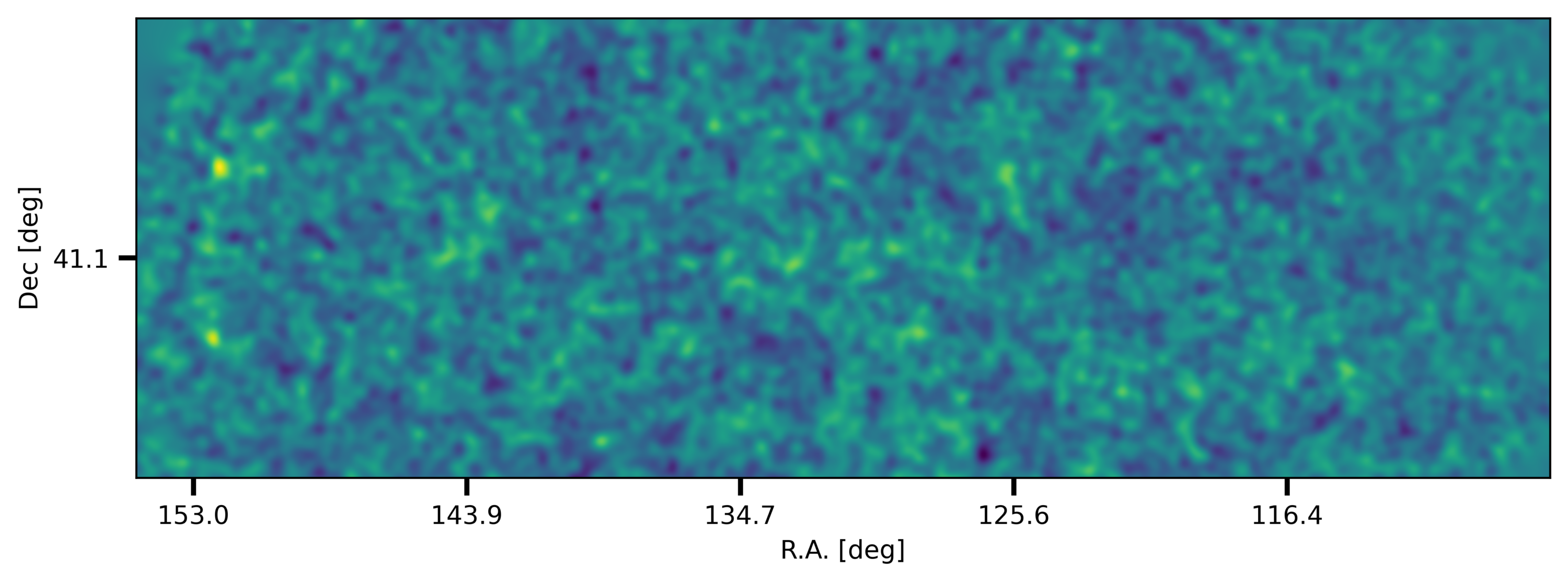The Ultraviolet Near- Infrared Optical Northern Survey (UNIONS) is a collaboration between the Hawai'ian observatories CFHT (Canada-France-Hawaii Telescope on Mauna Kea), Subaru (Mauna Kea), and Pan-STARRS (Panoramic Survey Telescope and Rapid Response System on Maui). Together are observing the sky over 4,800 square degrees in the Northern hemisphere.

CFHT with the optical wide-field camera MegaCAM is mapping the sky in the r- and u-bands. This part of UNIONS is the Canada-France Imaging Survey (CFIS), observations have started in early February 2017 and are on-going as of mid-2024. The u-band data is part of the past LUAU survey, which will eventually cover 10,000 square degrees. Subaru is observing in the g- and z-bands, with the WHIGS (The Waterloo-Hawaii-IfA G-band Survey) and WISHES (Wide Imaging with Subaru HSC of the Euclid Sky) programs. The data provided by UNIONS will be critical for the estimation of photometric redshifts, a requirement of paramount importance for the success of the Euclid mission.

UNIONS members work on various science projects independent of the Euclid survey. Weak lensing analysis uses UNIONS/CFIS images, a project involving several CosmoStat team members.
Published weak-lensing papers under CosmoStat lead are:
- Black-Hole-to-Halo Mass Relation From UNIONS Weak Lensing; Li et al. 2024, arXiv:2402.10740
We use UNIONS shapes to measure host halo masses of AGN type I and type II samples from SDSS. This allows us to place direct constraints on the relation between masses of supermassive black holes in the centres of galaxies and their host halo masses. Such measurements can help to better understand the co-evolution of black holes, galaxies, and their dark-matter halo. They can also contribute to calibrate physical processes in hydrodynamical simulations of the large-scale structure. - UNIONS: The impact of systematic errors on weak-lensing peak counts, Ayçoberry et al., 2023, A&A, 671, A17
This paper examines a variety of systematic errors on the cosmological analysis from weak-lensing peak counts, which is a probe of higher-order, non-Gaussian statistics of the large-scale structure. We quantify the impact of intrinsic alignment, baryonic feedback, redshift errors, and, for the first time, local shear calibration on cosmological parameter from peak counts. - ShapePipe: A new shape measurement pipeline and weak-lensing application to UNIONS/CFIS data, Guinot et al., 2022, A&A, 666, A162
The first UNIONS weak-lensing analysis presents a detailed work of the PSF estimation, shape measurement, calibration, and validation. Including lensing of Planck SZ-selected galaxy clusters. - Multi-CCD modelling of the point spread function, Liaudat et al., 2021, A&A, 646, A27.
A new Multi-CCD PSF model, validated with UNIONS data.
The weak-lensing analysis is based on the public code ShapePipe. Code & documentation is available for download from github at shapepipe. The software paper is Farrens et al., 2022, A&A, 664, 141 see also ascl link.
The CosmoStat UNIONS team:
- Martin Kilbinger (coordination, data processing)
- Fabian Hervas Peters (intrinsic alignment, image simulations, validation)
- Lisa Goh (cosmological inference, validation)
- Sacha Guerrini (validation, PSF systematics, SBI)
- Andreas Tersenov (higher-order statistics, likelihood emulation, mass mapping)
- Lucie Baumont (validation, higher-order statistics)
- Samuel Farrens (software management, machine learning)
- Arthur Paradis (cosmological inference)
Further CosmoStat collaborators are Jean-Luc Starck, François Lanusse, Jean-Charles Cuillandre.
Former members are Tobias Liaudat (PSF modelling), Ziwen Zhang (PSF systematics development), André Zamorano Vitorelli (validation), Elisa Russier (galaxy-galaxy clustering), Emma Ayçoberry (peak counts, validation), Axel Guinot (image processing, calibration. validation), Morgan Schmitz (PSF), Florent Sureau (software development, shape measurement), Arnau Pujol (validation, machine learning), Austin Peel (validation), Valeria Pettorino (higher-order statistics), Virginia Ajani (higher-order statistics, inference, emulation).
Other UNIONS weak-lensing papers:
- Group & cluster masses Spitzer et al., 2022, submitted to MNRAS
- Dark-matter halo shapes Robison et al., 2022, arXiv:2209.09088

